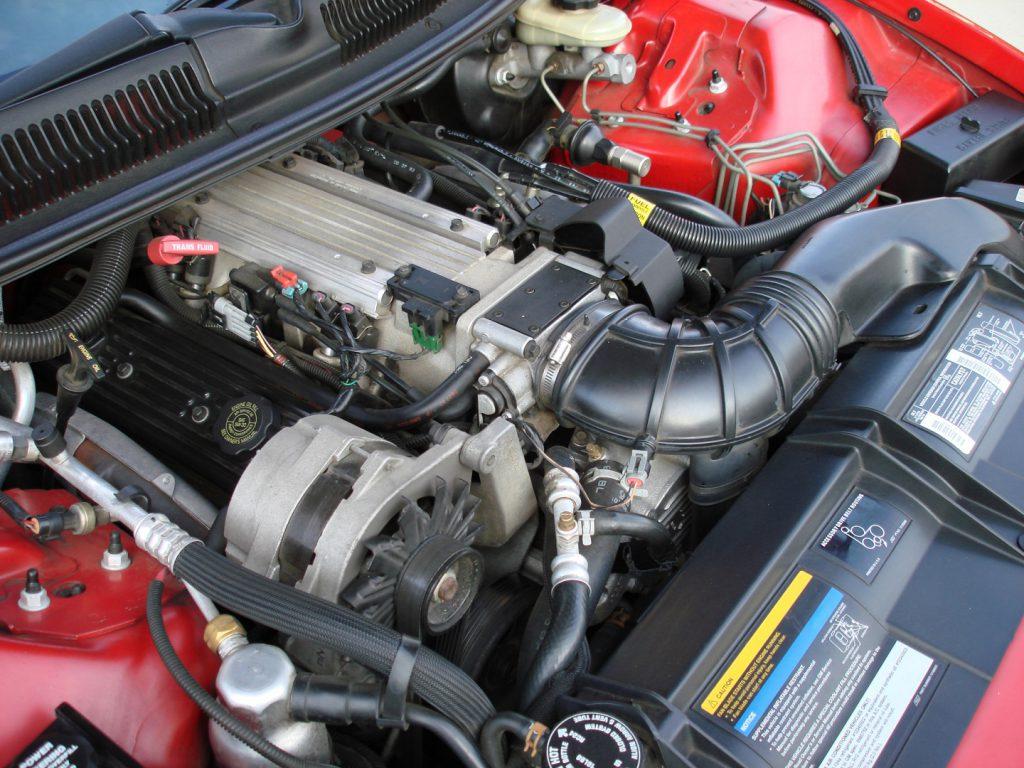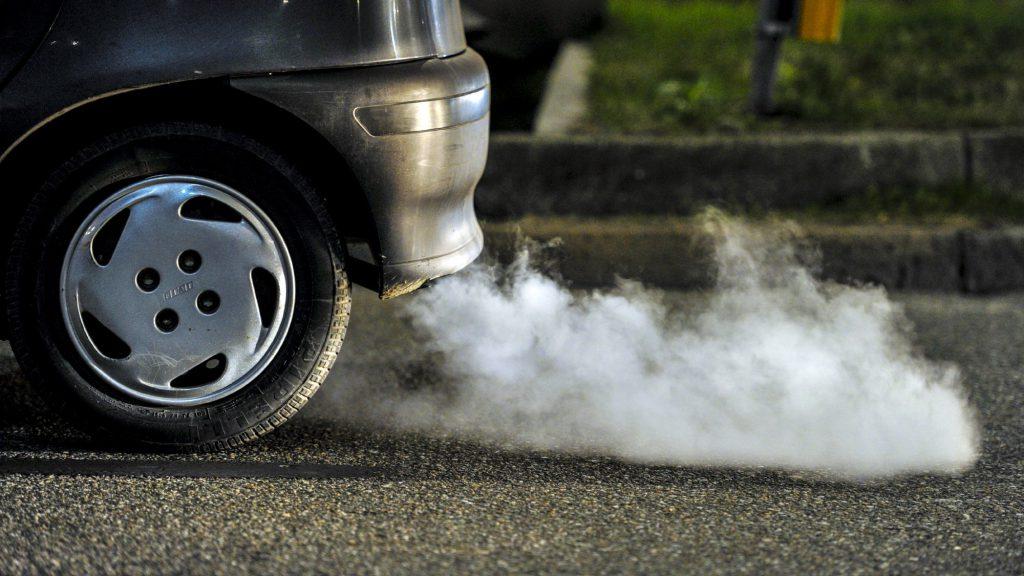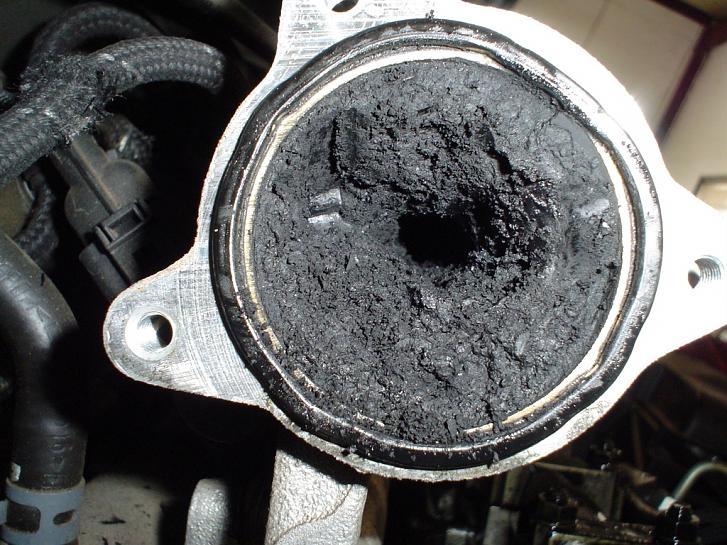The function of the exhaust gas recirculation (EGR) valve is to recirculate the engine’s emissions. It helps those gasses return to the combustion chamber instead of directing them to the exhaust emission system.
The EGR system is crucial for reducing carbon emissions. As a concerned driver, you must be aware of the symptoms of a bad EGR valve to avoid contributing to polluting the environment.
Contents
What Are The Functions Of The EGR System?
Found in most gas and diesel engines, the EGR system keeps the emission of automobile exhaust gasses in check. Including it in the vehicle’s framework is a standard government regulation that manufacturers must meet.
The EGR system reduces the combustion temperatures in the cylinder, which results in lower emissions and discharging fewer oxides of nitrogen (a pollutant).
The working mechanism involves creating a diluted air-fuel mixture by allowing a metered amount of exhaust gas into the engine. Such a mixture lowers the combustion temperature by up to 300°F by burning more slowly.
The EGR valve is the main component of the EGR system. It regulates the amount of exhaust gas passing into the engine intake manifold. Be aware of the EGR valve symptoms because it indicates that your car is emitting more pollutants than the approved limit.
Symptoms Of A Bad EGR Valve
What problems does a bad EGR valve cause? The recirculation is designed to take place when the engine is at the optimum temperature to work properly.
The engine underperforms or shows problems when the EGR occurs at the wrong time or does not happen at all.

SEE MORE:
What are the symptoms of a faulty EGR valve? Well, EGR problems depend on whether the valve is stuck closed or stuck open. These are the symptoms of a bad EGR valve that you should be aware of.
Subpar Engine Performance
As the EGR valve monitors the volume of exhaust gasses entering the engine, it is obvious that any issue with it will affect the engine’s performance.
You may feel reduced engine power when pressing down the gas pedal or experience acceleration difficulties. The long-term effects of these issues are bad fuel economy and the vehicle guzzling more fuel than necessary.
It happens due to the incorrect air-to-fuel ratio. As a result, the engine requires more fuel to yield any power.
The Engine Warning Light Comes On
Seems so obvious! The light flashes if there is a problem with the engine so it will come on when the EGR valve fails.
The engine control unit (ECU) monitors the activities of all engine components. It activates the light upon sensing that the valve fails to do its normal function.
The Engine Does Rough Idling
A malfunctioning EGR valve fails to control the volume of exhaust gasses entering the chamber. As it remains in a closed or open position, the exhaust gas in the chamber is either too little or too much – leading to the idling of the engine.
Smell Of Fuel
Fuel odor inside the car’s cabin is one of the most obvious bad EGR valve symptoms. The smell is so strong that it can be harmful to your health.
The gasoline stink is the result of the engine gobbling up more oil than necessary causing the tailpipe to discharge more hydrocarbons.
Failed Emission Test
A functioning EGR valve reduces the emission of a vehicle. When it fails, the exhaust pipe will discharge more pollutants than the approved level. Most countries require a vehicle’s emission test every six months. Check the EGR system if your car fails the test.
Warning Signs According To The EGR Valve’s Position
You already know that all problems occur due to two reasons – the EGR valve stuck open or it stuck closed. So, it’s possible to divide the symptoms of a bad EGR valve into two categories:
EGR Valve Stuck Open
An open EGR valve allows exhaust gasses to get into the engine but at the wrong time. Common warning signs to look for are:
- Rough idling
- The engine does not kick-off
- Stalling and hesitation of the engine
- The check engine light coming on

EGR Valve Stuck Closed
A closed valve does not let exhaust gasses enter the engine at all. As a result, the temperature in the combustion chamber goes up and creates various problems. Common symptoms are:
- Exhaust emissions going up
- Surging at Cruise speeds
- Spark knock
- A lighted check engine light
How To Troubleshoot The EGR Valve Problems
Even if your car shows symptoms of a bad EGR valve, it does not mean that you have to replace it. You should test it before throwing it into the junkyard.
You can examine a vacuum-operated EGR valve with a handheld vacuum pump while a diagnostic scan tool is required for testing an electronic EGR valve. It is better to take the car to a servicing shop when the symptoms occur.
FAQs on Symptoms of A Bad EGR Valve
-
Can a bad EGR valve affect engine performance?
Yes, a bad EGR valve can significantly affect engine performance. It can cause reduced power, poor acceleration, and even engine stalling due to incorrect air-fuel mixture ratios and disrupted combustion processes.
-
How can a bad EGR valve impact fuel efficiency?
A malfunctioning EGR valve can disrupt the engine’s combustion process, leading to incomplete burning of fuel. This can result in decreased fuel efficiency as the engine consumes more fuel to maintain its performance.
-
Is it safe to drive with a bad EGR valve?
While you might still be able to drive with a bad EGR valve, it’s not recommended. Ignoring the issue can lead to further engine problems and increased emissions.
It’s best to address the problem promptly to avoid potential damage and ensure your vehicle runs efficiently.
-
Can a bad EGR valve cause engine overheating?
Yes, a malfunctioning EGR valve can contribute to engine overheating. Since the valve helps regulate engine temperature by recirculating exhaust gasses, a faulty valve can disrupt this process and lead to elevated engine temperatures.
-
How can I diagnose a bad EGR valve?
One common diagnostic method is using an OBD-II scanner to retrieve error codes stored in the vehicle’s computer system.
Additionally, conducting a visual inspection of the valve and checking for vacuum leaks or carbon buildup can help identify a potential issue.
-
Can a bad EGR valve cause emissions test failures?
Absolutely. A malfunctioning EGR valve can lead to increased emissions of nitrogen oxides (NOx), which are harmful pollutants. This can result in a failed emissions test, preventing your vehicle from passing inspection.
Check out this video from Daily Hands DIY for more information on symptoms of bad EGR valve!
Final Words
In summary, recognizing the symptoms of a bad EGR valve is vital for your vehicle’s performance and efficiency.
The EGR valve is crucial for emissions control and engine temperature regulation. Neglecting a bad EGR valve can harm performance, emissions, and even cause engine problems. Taking prompt action through maintenance, diagnosis, or replacement is essential!




For my Ford Fiesta Classic , my Mechanic Engineer told that the EGR valve is damaged and has to be replaced. I am observing, my car performance is very very worst and white smoke is coming. Also he inspected by scanning with the software in idle running engine condition, Software is telling that all are OK. Please confirm if i change the EGR valve, will the white smoke will stopped and the performance will be good.
Thanks in advance
That sounds like the symptoms described here and I imagine that if an ME you hired told you it’s the EGR valve then it is the EGR valve.
I don’t think that anyone without access to your car can tell you definitively whether or not one action will solve the entire problem.
Best